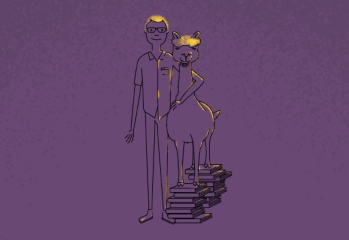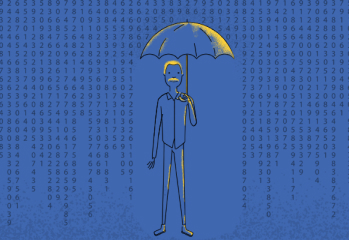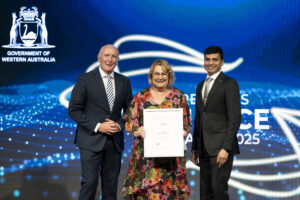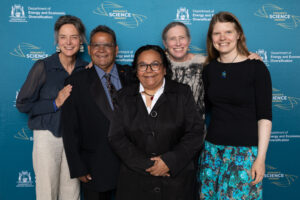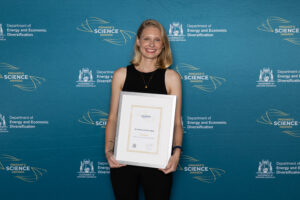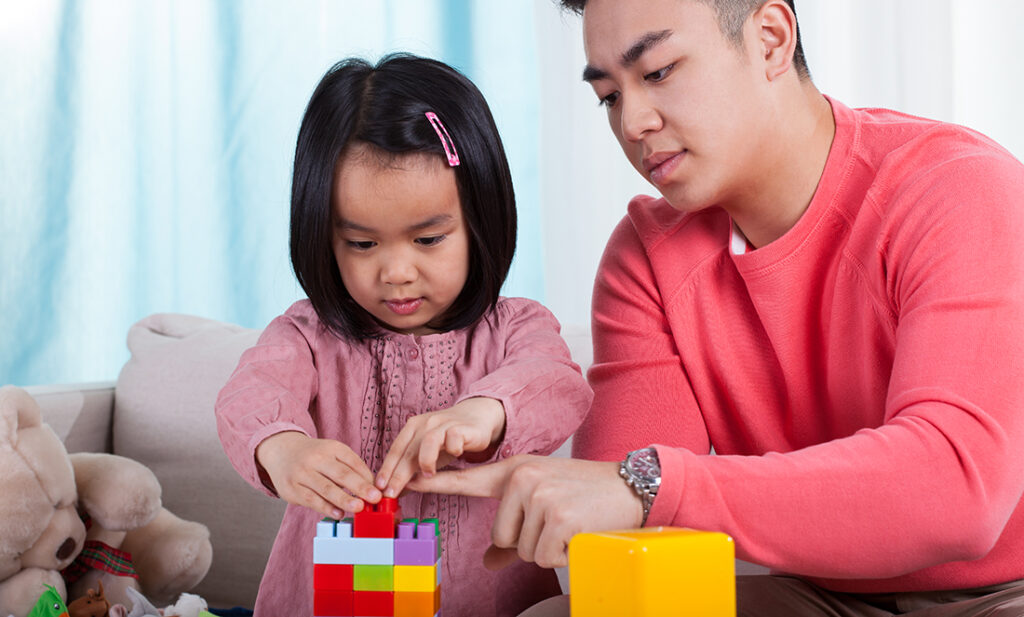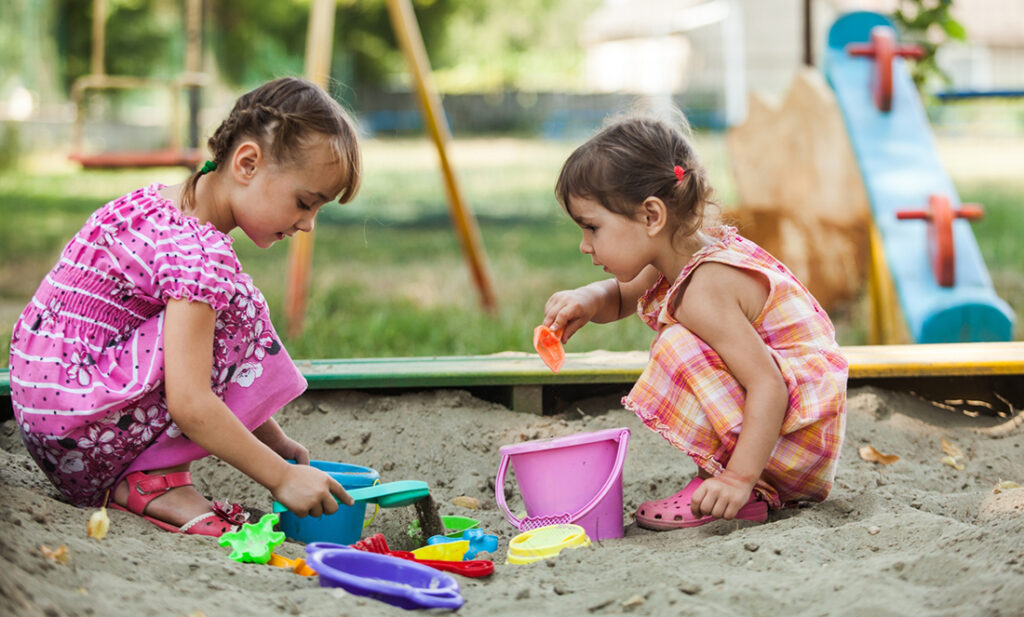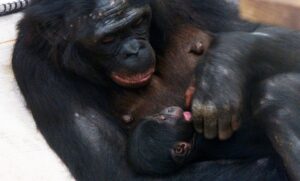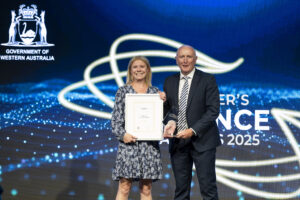How early should kids start learning mathematics?
Our own experiences with the complex sums and symbols of maths might have us thinking that kids aren’t able to tackle it until they’re at least 6 or 7.
But ECU Senior Lecturer in Early Childhood Studies Dr Marianne Knaus says, by teaching maths earlier, we can help kids achieve better results later in life.
More and more research is telling us that starting maths education in preschool leads to better academic results in mathematics in later school years.
Plus, it could also help boost Australia’s poor OECD rankings in maths as well.
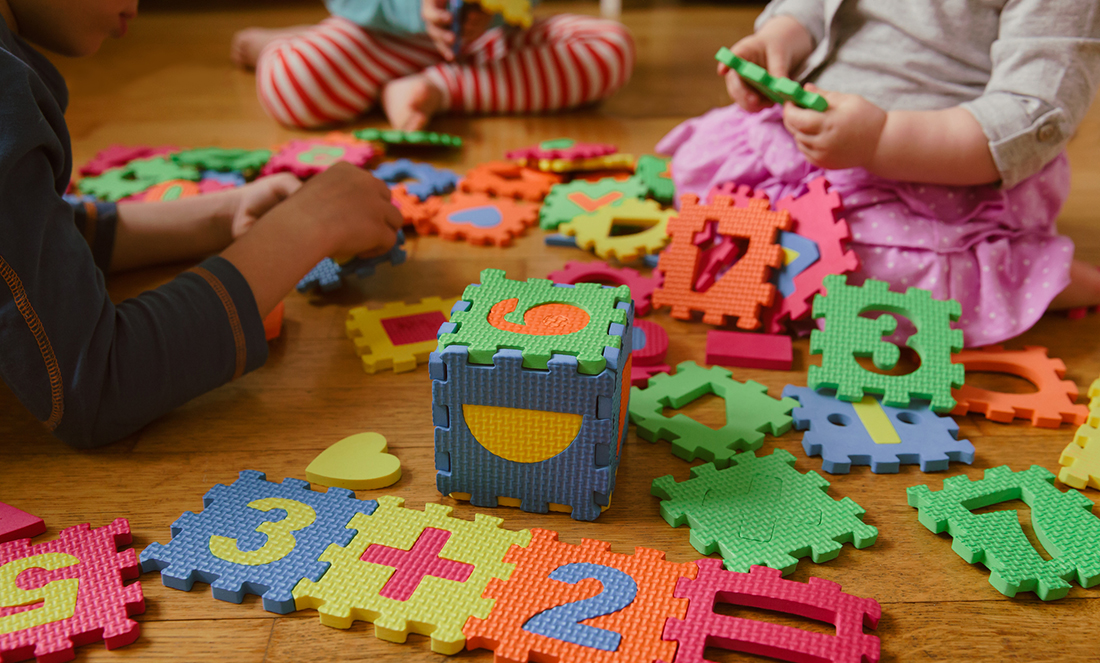
Australia’s report card
In our ‘lucky country’, it’s hard to believe that, on a global scale, our kids would be achieving anything less than stellar results in their schoolwork.
But when our maths skills are put to the test, the numbers just don’t add up.
According to Programme for International Student Assessment (PISA) results, Australia’s maths ability has been slipping over the years.
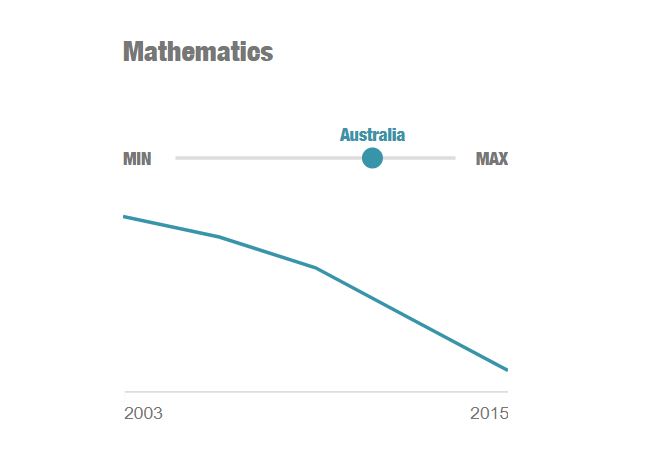
According to PISA results, in 2015, 15-year-old students in Australia were, on average, a year behind where they were in maths in 2003
In the last round of PISA results, Australia was ranked 20th in mathematics out of 72 participating countries. We’re slightly above average globally, but well behind the top achievers. All in all, our global grade is about a C+ in maths.
C’s may make degrees, but given that an estimated 75% of the fastest-growing jobs in our country require science, technology, engineering and mathematics (STEM) skills, we probably want to pick up our game.
But what do we need to do to get that A?
Do the maths
Did you ever have that moment in maths class where you threw your pen down in frustration and huffed, “I’m never going to use this in real life”?
But you do—when you’re cooking, working, shopping, driving. We’re forever talking in measurements, distances, amounts, fractions and percentages, but sometimes we forget where we learned it all.
Maths is a part of everyday life, even for tiny tots. When small children are playing with building blocks, filling water buckets and making paper crafts, they’re using mathematical concepts. They just need someone to guide them with the language of mathematics to make the connection.
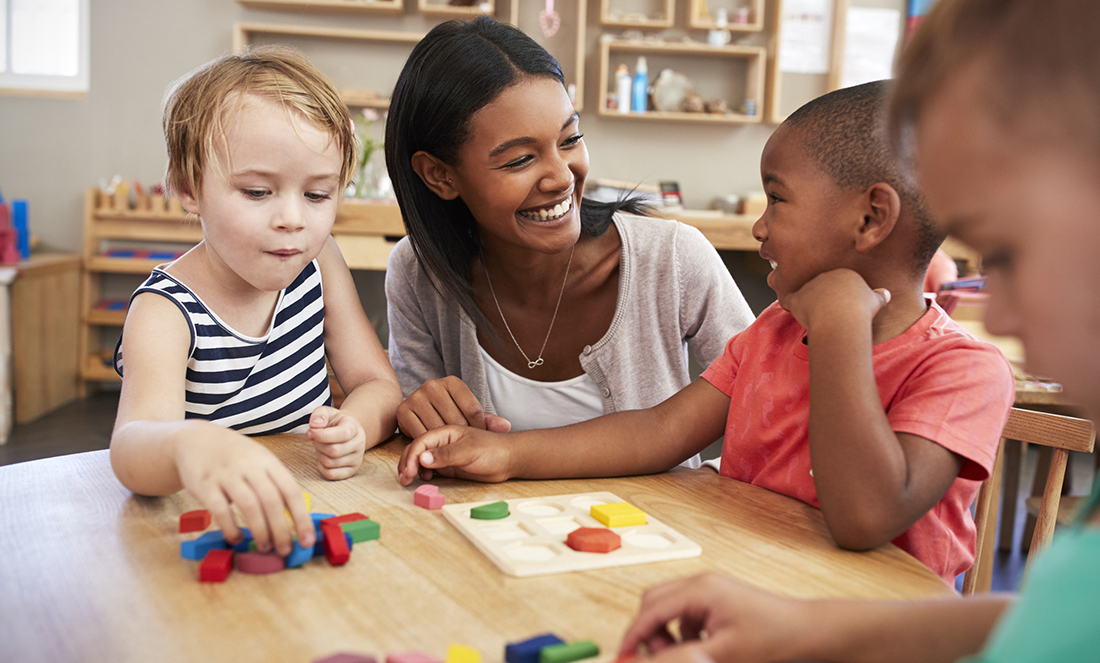
By changing the way maths is taught and relating it more to our everyday lives, we can make it more accessible for little learners.
Easy as 123
As an expert in early childhood education, Marianne is a strong advocate for play-based learning in preschool settings.
Marianne says there are different kinds of play in preschool. There’s free play, which is unstructured and uninterrupted, allowing kids to play the way they want. On the other end of the spectrum is adult-directed play, which is initiated by a teacher and more controlled and structured. In the middle lies teacher-guided play, where kids are playing freely but are assisted by a teacher guiding them with language. In this case, the language of mathematics.
So while children are building block towers, the teacher may ask them whose is the tallest. While kids are filling and emptying water buckets, the teacher may ask which bucket is heavier or how much more water is needed to fill a bucket. When constructing paper boxes, the teacher might ask how the child can make their construction stand up or balance.
This kind of intentional teaching helps the children see the mathematics in their play. It brings a real-world relevance to a subject that can be notoriously abstract. 1, 2, 3 is a lot harder to understand on paper than with real-world objects like toys, blocks or gumnuts, which you can touch and manipulate.
Put 2 and 2 together
Maths and play is a marriage made in heaven for kids—one that could help combat maths anxiety in later years.
It’s easy to implement, since preschools are the perfect play-based environment for teacher-guided learning.
The more children who are enrolled in early education and the more teachers practising play-based learning, the better the outcomes will be for Australia and our future workforce.
Because when it comes to teaching maths to small children—it’s child’s play.
